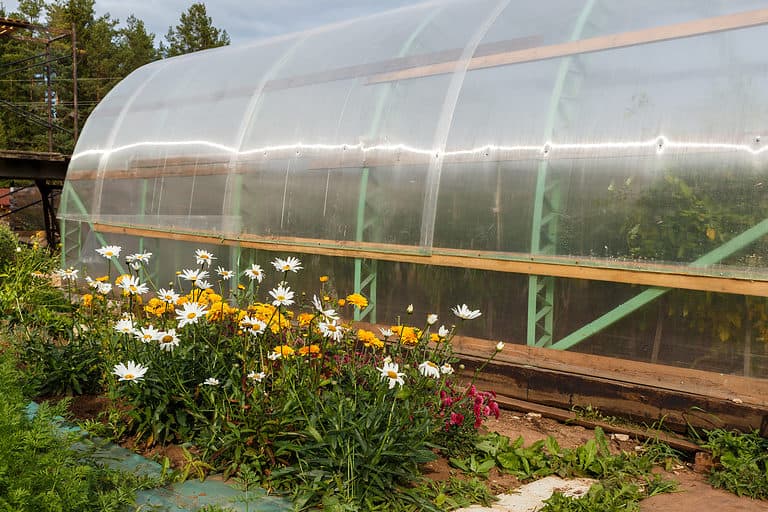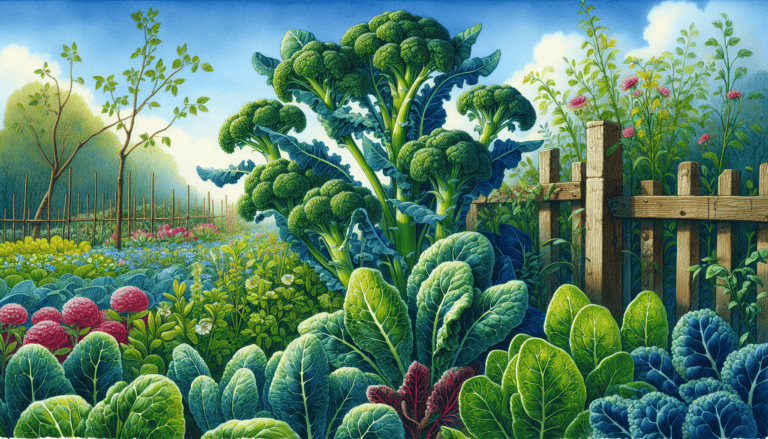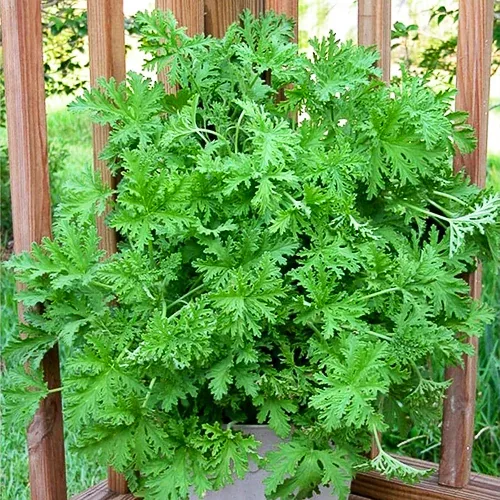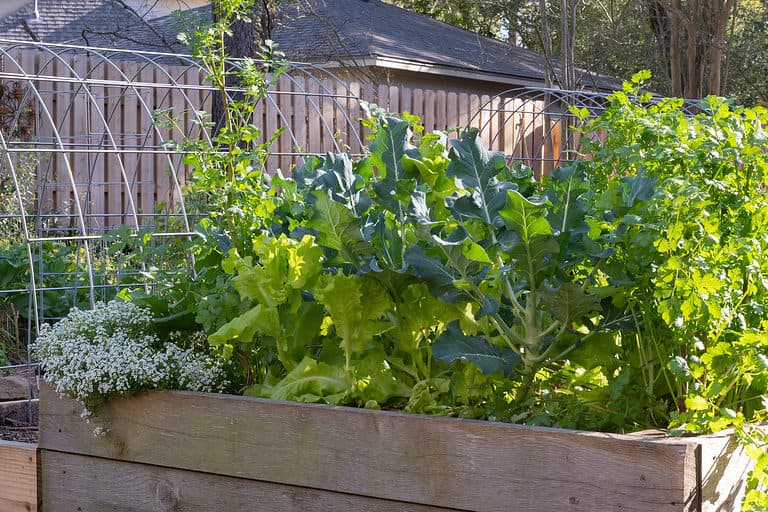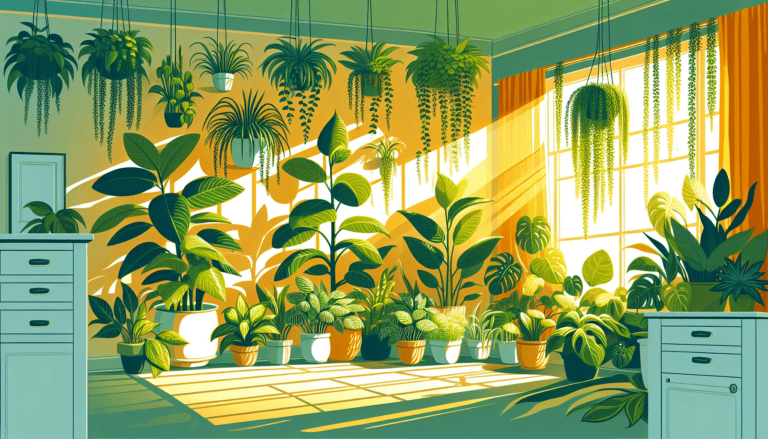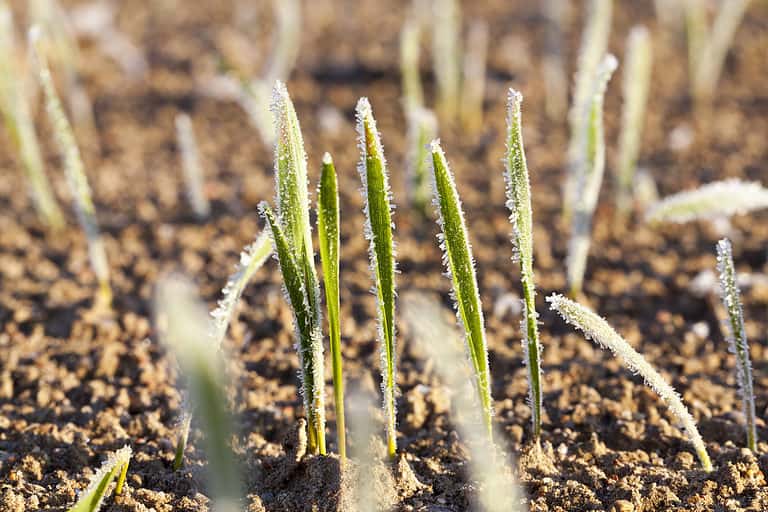10 Easiest Vegetables to Grow for a Thriving Garden
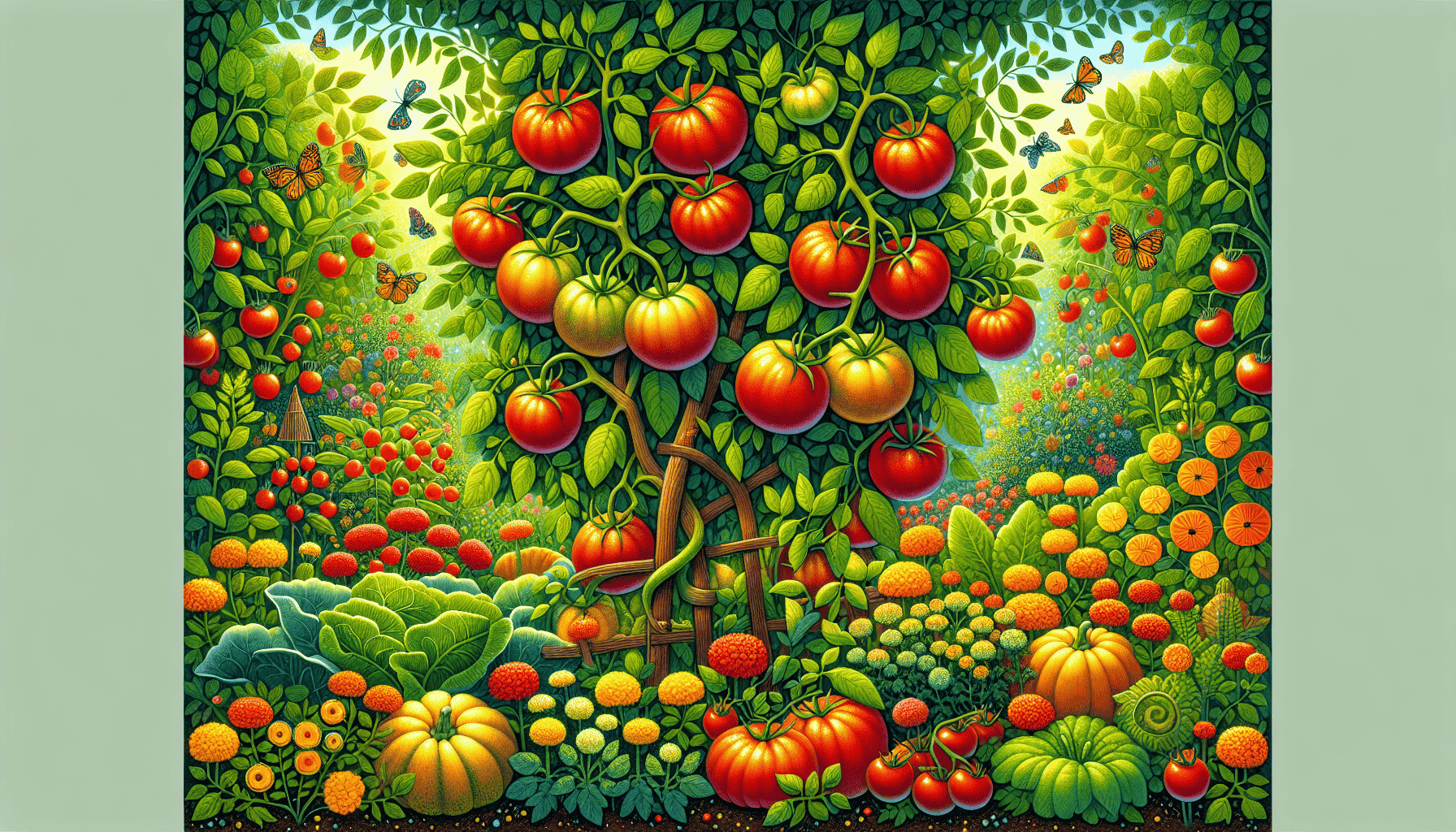
If you’re looking to create a vegetable garden but wish to put in the least amount of work possible, consider cultivating these 10 vegetables that are among the easiest to grow. They promise a plentiful yield quickly and provide an ideal solution for novices seeking effortless gardening.
Key Takeaways
Green beans, bell peppers, and cucumbers are some of the easiest vegetables for beginner gardeners, requiring full sun and minimal maintenance.
Fast-growing options like radishes and leaf lettuce can provide quick, repeated harvests, making them perfect for impatient gardeners.
Zucchini and peas thrive in warm and cool weather, respectively, offering abundant yields and versatility in the kitchen.
Green Beans: A Perfect Start
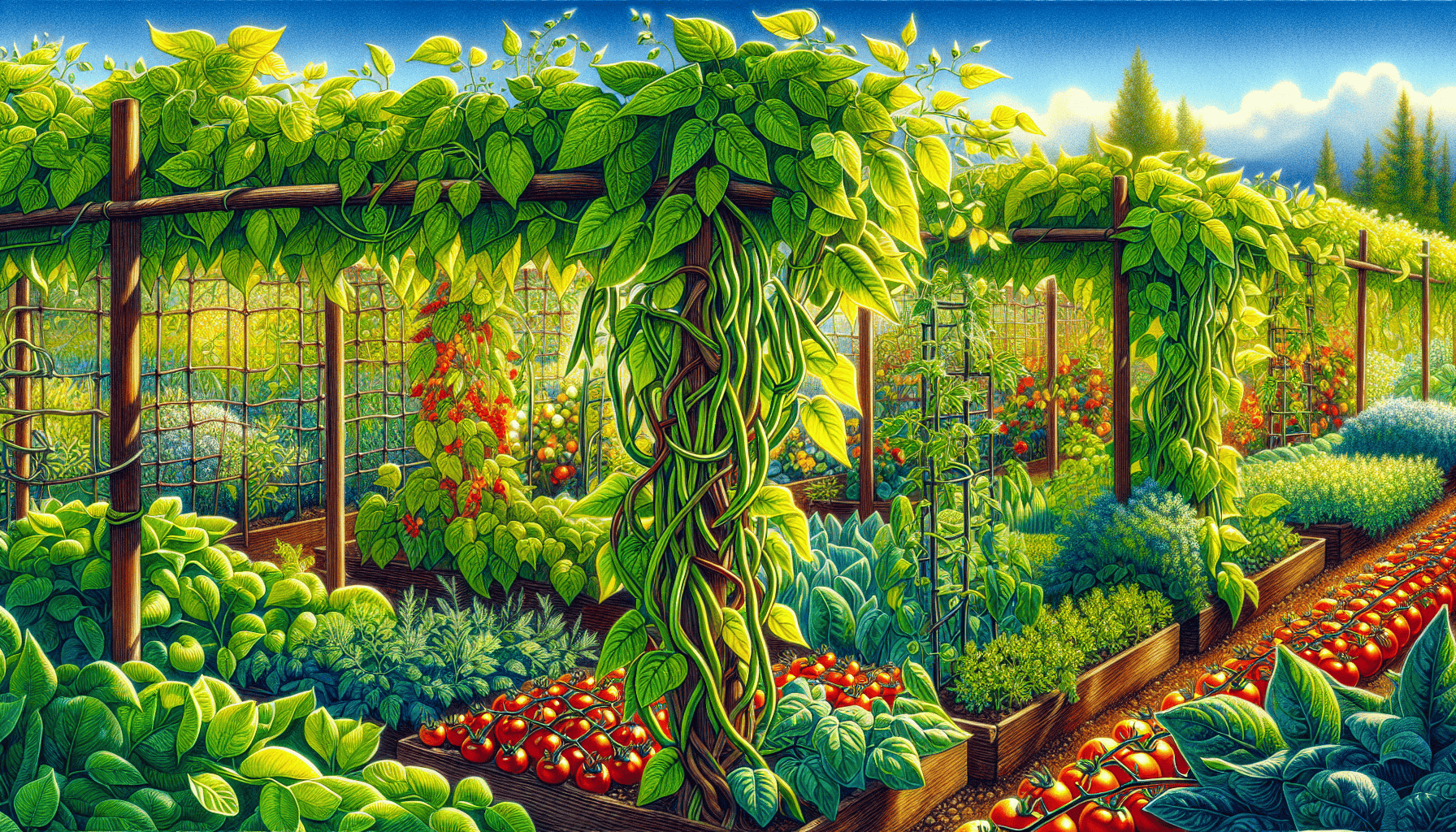
If you’re just starting out in the world of gardening, green beans are a superb choice. These veggies prosper in soil that offers good drainage and they need to bask under full sun for around 6-8 hours daily to flourish well. Green beans favor fertile soil with a slight acidic touch, which positions them among the easiest vegetables for novice gardeners to cultivate successfully. When selecting green beans, there are two primary types at your disposal: bush beans reach a certain height and then yield their entire crop simultaneously, while pole beans grow taller over time and produce harvests repeatedly throughout their growing period.
Embarking on cultivating green beans can be quite rewarding since these plants become ready to pick within 45-55 days from planting. It is advisable to harvest regularly before the pods harden so that not only do you enjoy an ongoing bounty of fresh vegetables but also promote additional production from your plants.
Those aiming to optimize use of space in their vegetable gardens will find green bean cultivation versatile. Raised beds or containers serve as effective platforms for growth. This adaptability ensures that regardless of whether one possesses expansive garden areas or merely compact spaces such as balconies, it’s still possible to nurture this veggie effectively.
A little attention goes far when nurturing your own patch – soon enough you’ll be reaping copious amounts of fresh veggies right from your backyard ready for inclusion in various culinary creations!
Bell Peppers: Colorful and Nutritious
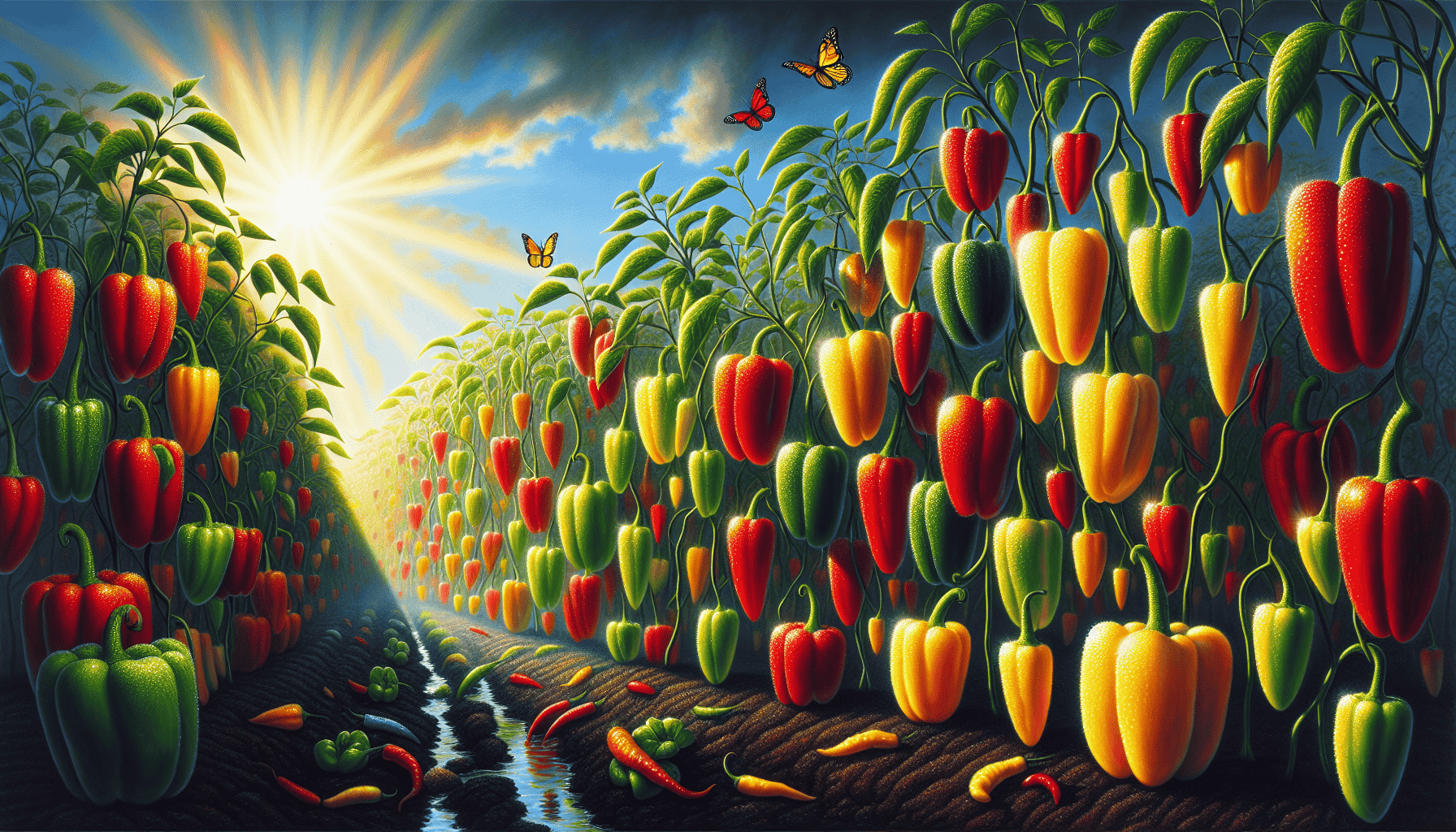
Bell peppers are an excellent choice for your vegetable garden, brightening up the space with their vivid green, yellow, orange, and red colors while also providing a wealth of nutrients such as potassium and vitamins C and A. These veggies flourish in well-drained fertile soil that gets full sun—requiring 6-8 hours of direct sunlight daily—and are quite easy to nurture.
To ensure bell peppers avoid any potential harm from cold weather, they should be planted at least one week following the last frost date. They necessitate consistent watering practices to foster healthy growth and maximize yields during key stages like flowering and fruiting. With proper attention and care, bell peppers have the potential to become some of the best vegetables in your assortment by enriching both visual appeal and dietary quality.
Adding bell peppers will not only boost the beauty of your garden, but is beneficial for achieving a balanced diet. Their flexibility means you can use them across various dishes such as salads or stir-fries. Considering their simple requirements when it comes to cultivation, these vegetables make for an outstanding option, particularly if you’re either new at gardening or wish to include more hassle-free veggies into your existing setup.
Cucumbers: Refreshing and Fast-Growing
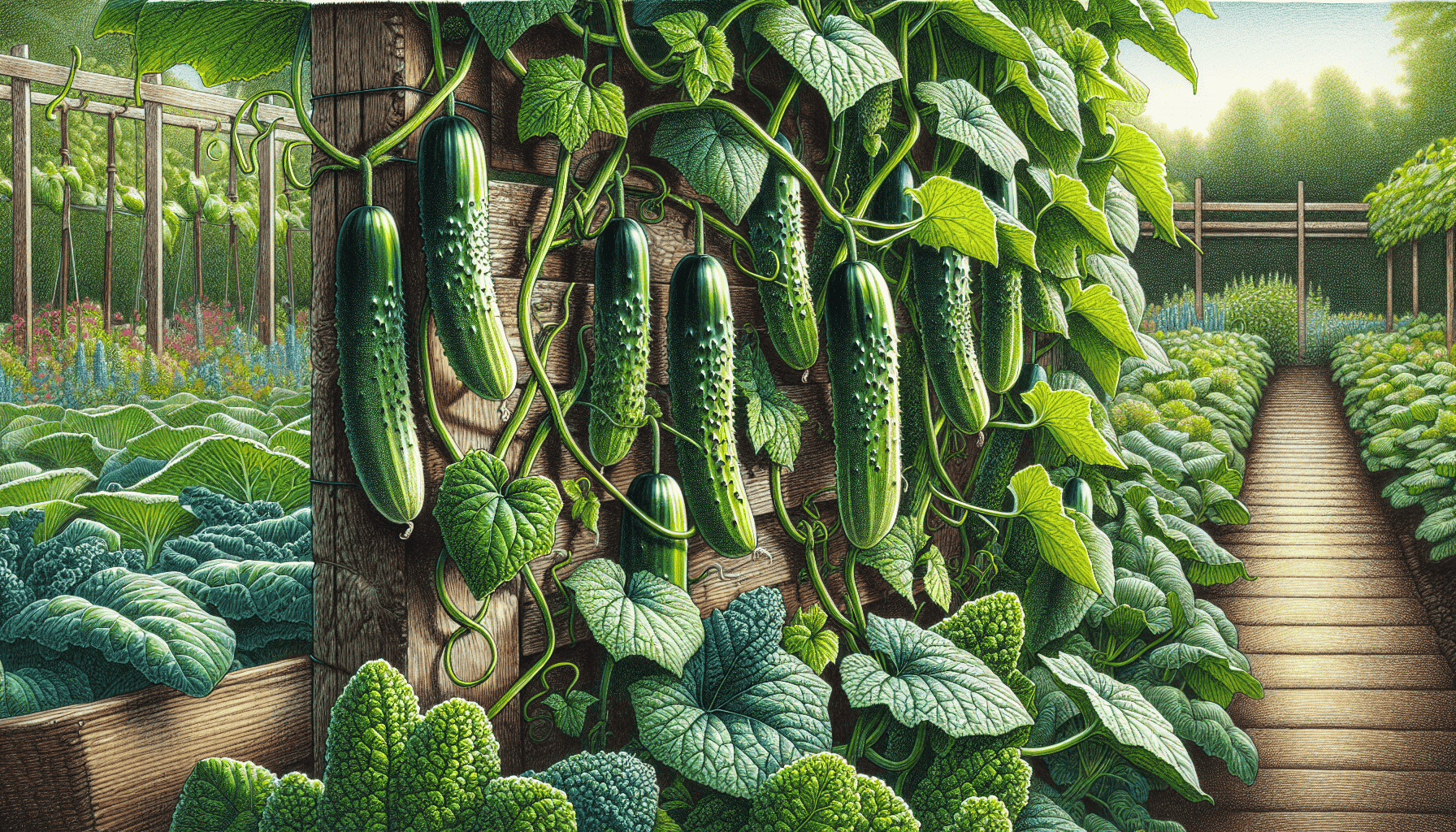
Incorporating cucumbers into your vegetable garden can be an excellent decision, as they grow quickly and are capable of providing up to five pounds of fruit from each plant. These vegetables are suitable for gardens with limited space due to their high productivity. Cucumbers flourish in warm environments and need consistent watering — about one inch per week is ideal. They have climbing vines that utilize tendrils, so the use of trellises or strings will greatly enhance their growth.
To ensure healthy development and efficient use of gardening space, situate cucumber plants near a trellis. As they advance in height, guiding them gently will help maintain proper alignment while promoting better air circulation around the foliage. This practice not only supports the structure of the plants, but also simplifies harvesting by making cucumbers more visible and easier to pick without sifting through leaves. With persistent attention to irrigation needs and structural support, you’ll find cucumbers contributing substantially to your garden’s bounty.
Nothing rivals the crunchy freshness of homegrown cucumbers right out of your own plot—perfectly incorporated into salads or enjoyed fresh off the vine after a simple picking session. Even when preserved as pickles, these versatile veggies add zest to countless recipes throughout their generous growing season! They’re particularly gratifying crops that continuously deliver an abundance of crisp vegetables for both beginner horticulturists and skilled green thumbs alike.
Tomatoes: Versatile Garden Staples

In the realm of home gardens, cherry tomatoes hold a special place and are notably ideal for novice gardeners venturing into vegetable cultivation. These delightful fruits flourish under full sun exposure—demanding no less than 8 hours daily—and necessitate consistent hydration to prosper. Tomato plants greatly benefit from being equipped with supportive structures such as stakes or cages, which help maintain their upright position and elevate their fruit above soil level. This not only simplifies harvesting, but also minimizes disease risk.
It is paramount that tomato plants receive regular watering each day, especially when temperatures soar, to foster steady growth and stave off complications like blossom end rot. Given appropriate care, these vegetables can yield an abundant harvest sufficient to keep your supply of fresh vegetables robust throughout the summer season—a boon for any culinary creation from refreshing salads to hearty sauces.
Cultivating tomatoes lends a gratifying aspect to gardening pursuits by permitting one to observe firsthand how plants thrive from seedling stages right through fruition on the same plant—truly an experience in continuity and renewal. Tomatoes demonstrate versatility within various gardening methodologies. They acclimate well whether nestled in raised beds or ensconced within containers—an integral addition indeed for any enthusiast’s garden sanctuary.
Leaf Lettuce: Quick Harvests
In the quest for fresh vegetables during early spring, leaf lettuce stands out as a perfect option due to its quick growth and capacity for multiple harvests. This resilient leafy green is adept at growing in cooler weather conditions and flourishes even with limited sunlight exposure, needing roughly 4 hours per day. As such, it’s well-suited for both the earlier part of the spring season and also autumn plantings. The beauty of cultivating leaf lettuce lies in its repeated yield potential throughout its growth period, serving up ongoing freshness right from your garden.
For those eager to enjoy homegrown produce without delay, planting leaf lettuce provides swift gratification since you can typically begin harvesting within weeks after planting. It ranks among the easiest vegetables to cultivate thanks to this expeditious maturation rate that results in an almost immediate supply of fresh greens directly from your garden beds or raised beds—and it adapts just as effortlessly when grown in containers.
Adding this verdant staple into your vegetable garden enriches not only your meal options, but establishes a reliable source of wholesome greens near at hand. Leaf lettuce requires very little maintenance, yet delivers abundant payoffs throughout the growing season—it proves itself time and again as one of the most manageable veggies suitable even for novice gardens.
Carrots: Sweet Root Vegetables
Incorporating carrots into your vegetable garden offers a deliciously sweet addition ideal for an array of recipes. These root veggies flourish best under full sun conditions and are well-suited to growing zones 3 to 10. For optimal growth, it’s important that carrots have access to soil that is not too dense and has good drainage. This can be effectively managed in both traditional ground-level gardens as well as raised beds by using fine sand or compost when covering newly planted seeds, aiding with germination.
When you’re considering adding these vegetables to your garden, the prime planting period extends from late summer into early fall. This timing allows roughly 70 days until they reach maturity. With favorable care and environmental conditions, cultivating carrots might become one of the simplest gardening endeavors due to their minimal maintenance requirements—resulting in a steady bounty of fresh roots perfect for various dishes from stews to crunchy salads.
The act of nurturing carrots right up through harvest imparts a rewarding experience while diversifying your meal preparation choices with home-grown nutritional value. Carrots demonstrate flexibility in how they can be grown since they accommodate different types of setups such as classic earthbound garden beds or structured raised planters—a testament making them an invaluable contribution to any horticulturist’s plot.
Radishes: Quick and Easy
Radishes are among the quickest vegetables to grow, with a mere month needed from planting the seed to harvesting. This fast maturation rate is ideal for those gardeners eager for swift rewards. They flourish in cool conditions and can do well even with some shade, although they favor sandy soil that drains effectively. To achieve spring crops of radish, plant seeds sometime between early April and May. Subsequent late summer sowings will yield fall harvests.
To keep radishes tender and pleasantly flavored, it’s best to pluck them three to five weeks post-planting before they develop an overly strong taste or become woody in texture. Due to their rapid growth cycle and low-maintenance nature, radishes stand out as one of the easiest vegetables for anyone looking to bolster their supply of fresh veggies—suitable both raw or cooked.
By adding radishes to your vegetable patch you not only broaden its diversity but also secure ongoing access to healthy homegrown produce throughout different times in the growing season. With just a bit of care, these veggies can deliver numerous rewarding harvests from your garden space.
Zucchini: Abundant Yields
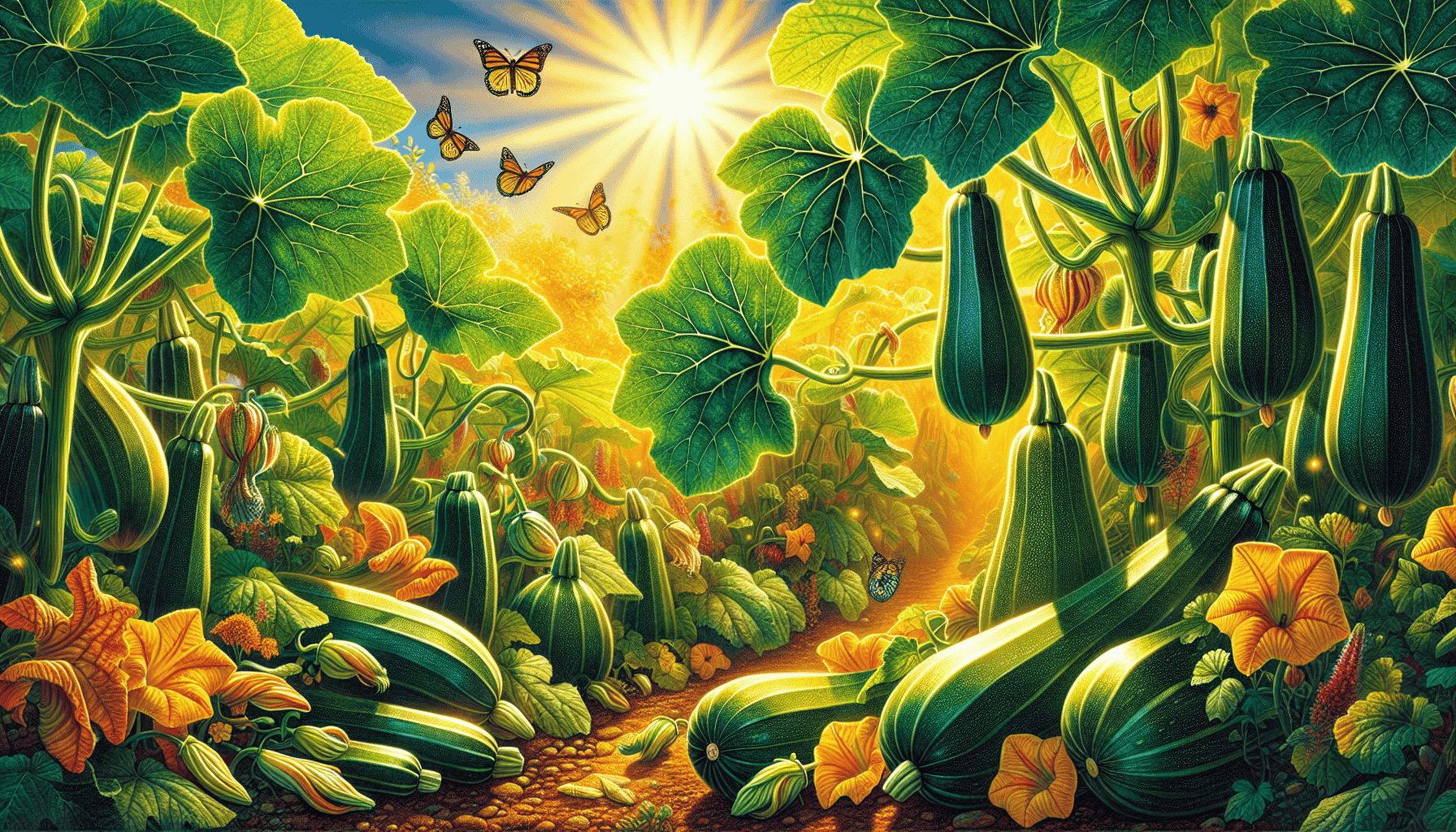
Zucchini plants are renowned for their copious production and fairly minimal upkeep. This vegetable, preferring the warm season, thrives best under higher temperatures and necessitates a minimum spacing of three feet between each individual plant. Employing companion planting strategies with the likes of garlic, mint, and tomatoes can enhance zucchini’s growth while simultaneously warding off pests. For optimal flavor and texture, it is recommended to harvest zucchinis when they’re still on the smaller or medium side.
Incorporating zucchini into your personal vegetable garden could yield an impressive amount of produce all through its growing period. Due to its abundant productivity as well as culinary adaptability, zucchini stands out as a prized addition within any kind of garden setting, be that conventional soil beds or elevated raised beds. Provided they receive appropriate attention regarding space and maintenance needs. These vegetables will flourish robustly providing you with a consistent stream of fresh veggies right from your own backyard.
By choosing to grow this plant in your garden spaces, not only promises an ample supply, but also contributes to diversification amongst your home-cultivated foods assortment with just basic routine care practices put in place. Raising zucchinis may become one of the simplest types of vegetables you decide upon cultivating offering bounteous yields which prove satisfying for gardening enthusiasts at every level of expertise.
Peas: Early Spring Favorites
In the early spring, peas flourish under cooler conditions and require an area that receives direct sunlight. These adaptable vegetables are ready to be sowed once the soil temperature hits 45°F. Young pea plants have a tolerance for mild frost events, which makes them well-suited for early season planting in your vegetable garden. They grow best in loose, slightly acidic soils with good drainage.
Featuring both sweetness and a pleasant crunchiness when eaten whole, snap peas need to be harvested swiftly as temperatures rise to prevent them from going bad. It is essential to pick the pods at just the right time. Postponing harvest can cause their quality to deteriorate rapidly. Peas stand out as some of the easiest vegetables you could choose for cultivation due largely to their minimal maintenance needs and fast growth rate—ideal traits for enhancing your diet with fresh produce straight from your own garden plot.
By adding peas into the mix within your home’s vegetable patch, you not only diversify what’s available, but also secure an ongoing supply of healthy veggies produced by yourself on site throughout much of the season’s span.From timely planting through consistent care leading up to harvest time, you’ll find growing these delightful plants rewards you richly without demanding too much effort—an excellent choice among vegetables suited perfectly for anyone starting or expanding a vibrant garden sanctuary.
Basil: Aromatic Companion Plant
Basil, a herb known for its delectable taste, is also an ideal companion plant to tomato plants, contributing positively to their growth and taste. Thriving in conditions of warmth and ample sunlight, basil needs a minimum of 6 hours exposure to full sun each day. For the best chances of thriving growth, it should be planted following the last frost date.
To foster more lush foliage and enhance the fragrance of leaves, regular trimming is key—it leads basil towards becoming both bountiful and fragrant. It’s adaptable as well. Basil can flourish even when grown in containers, which makes it perfect for those with limited space such as patios or small gardens. Planting it next to your tomatoes or within its own separate container will still offer you delightful scents for your garden area while enriching flavors in your cooking endeavors.
By integrating basil into your vegetable garden landscape, not only do you improve the flavor profile of freshly harvested veggies, but also maintain a ready supply of fresh herbs right at hand for use in recipes—a very convenient benefit indeed! Basil proves itself among one of the simplest plants to cultivate, offering up aromatic pleasures that are gratifying additions throughout any variety within plant collections across gardens everywhere.
Summary
Cultivating a selection of vegetables in your own garden can be an immensely rewarding endeavor. The collection includes straightforward options such as green beans and bell peppers, alongside rapidly maturing choices like radishes and peas, each contributing its own distinctive touch to the diversity of your garden beds. By adhering to provided guidance and insights, you’re poised to foster a flourishing garden that yields an abundance of fresh, wholesome produce.
For those just dipping their toes into gardening or looking to enhance their current plot with more variety, these particular vegetables stand out for their ease in growing and simplicity in upkeep. With only basic attention and care necessary for success, you’ll discover joy not only from gathering homegrown edibles but also from savoring the nutritional advantages they offer when plucked straight from your backyard. Embark on this delightful horticultural adventure now and revel as your verdant space bursts into life.
Frequently Asked Questions
What are the best vegetables to grow for beginners?
If you’re starting out, go for easy-to-grow veggies like green beans, bell peppers, cucumbers, tomatoes, and radishes. They don’t need much fuss and can really boost your gardening confidence!
How much sunlight do these vegetables need?
Leaf lettuce thrives even when it receives only 4 hours of sunlight and is sheltered in partial shade for part of the day.
This means that while most vegetables typically require 6-8 hours of full sun, you can afford to be a bit more lenient with your lettuce plants regarding their exposure to direct sunlight.
When is the best time to plant these vegetables?
In the early spring, it is ideal to sow peas and radishes. For crops like bell peppers and basil, one should wait until the threat of the last frost has passed.
When considering planting carrots, target a timeframe from late summer into early autumn.
How often should I water these vegetables?
Maintaining a consistent watering regimen is crucial for the robust growth of your vegetables. Cucumbers and tomatoes in particular demand constant moisture, while bell peppers need increased hydration during their flowering and fruiting phases.
It’s essential to adhere to a regular watering routine to ensure your vegetable plants thrive!
Can these vegetables be grown in containers?
Absolutely! You can grow vegetables like green beans, leaf lettuce, carrots, radishes, and basil in containers, just ensure there’s good drainage and enough space for their roots.

